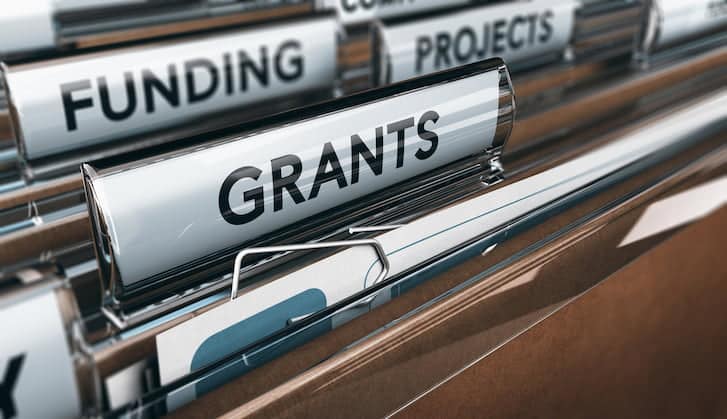The Federal Government’s 2022-23 Budget has put faith in a business-led pandemic recovery, offering a suite of incentives that reward “aspiration and enterprise”.
Delivering his Budget speech in Federal Parliament, Treasurer Josh Frydenberg said the Budget aimed to build an “even stronger, more secure and confident Australia where aspiration and enterprise are encouraged and rewarded”.
“Tonight, we write a new chapter in Australia’s economic story with a plan that backs Australians, their enterprise, and their aspirations,” he said.
The Budget introduces tax incentives for small businesses, skills development and technology, while responding to inflationary pressures, higher global fuel prices and skills shortages.
In a “Budget for uncertain times,” our national finances have significantly improved, spurred by Australia’s stronger-than-predicted recovery from the COVID recession, and low unemployment.
Learn more: Watch Aaron Morey’s post-Budget webinar
Here’s what the Federal Budget means for WA businesses:
Boosting skills with apprentices, trainees
The Budget earmarks $2.8 billion to increase apprenticeships, including $365 million to extend the successful Boosting Apprenticeship Commencements (BAC) program for a further three months until June 30, 2022.
A new streamlined Australian Apprenticeships Incentive System is aimed at developing apprentices in priority trades.
The Government has also allocated $3.7b for an extra 800,000 training places, while small businesses will receive a bonus 20 per cent deduction for the cost of external training courses from now until June 30, 2024.
Measures for SMEs
The GDP ‘uplift’ for PAYG instalments will be reduced from 10 per cent to 2 per cent, reducing businesses’ quarterly tax bill.
A bonus 20 per cent deduction will apply from now until June 30, 2023, for expenses and assets that support technologies such as cloud computing, e-invoicing, cybersecurity and web design.
The Budget includes funding for a new patent box for low emissions technology and agriculture, with taxes applied at almost half the corporate rate.
The Government has also outlined procurement reform, with major projects split into smaller components, which will help SMEs compete against larger bidders.
Household budget measures
The Government has sought to address cost-of-living pressures with a one-off $420 tax offset for Australians earning up to $126,000 a year.
Combined with the low- and middle-income tax offset (LMITO), eligible workers will receive up to $1500 for a single-income household, or up to $3000 for a dual-income household.
The Government has also committed to a six-month, 50 per cent reduction in the fuel excise, effective from midnight tonight.
Industry, infrastructure funding
The Budget confirms $328.3m in additional funding for the Modern Manufacturing strategy, including $53.9m to enable small to medium manufacturers to innovate and adopt new technologies.
There is also $243m towards critical minerals manufacturing projects, two of which are in WA.
Key WA infrastructure projects include $4.3b for a large vessel dry dock at Henderson, $1.5b to boost low emissions production in the Pilbara, $441.2m for Metronet and $49m for the Perth City Deal.
Workforce incentives
The Budget commits $346.1m over five years to reform the Paid Parental Leave system to allow working parents to decide how they share 20 weeks of leave. This will benefit thousands of parents, and enable more women to participate in the workforce.
It also increases the skilled component of the permanent migration cap to 70 per cent.
CCIWA Chief Economist Aaron Morey said: “The Budget confirms the strength of the Australian economy, with significant upward revisions to economic growth in coming years, which has, in turn, flowed through to a $20 billion improvement to the budget bottom line.”
“Despite that improvement, gross and net debt do not peak within the forward estimates. That in combination with rising interest rates will see the cost of servicing that debt burden grow in coming years.
“While Australia still maintains a comparatively low rate of debt to GDP, our country must lean into some difficult choices when it comes to budget management in coming years.”
For general employee advice and guidance, contact CCIWA’s Employee Relations Advice Centre on (08) 9365 7660 or email [email protected].






